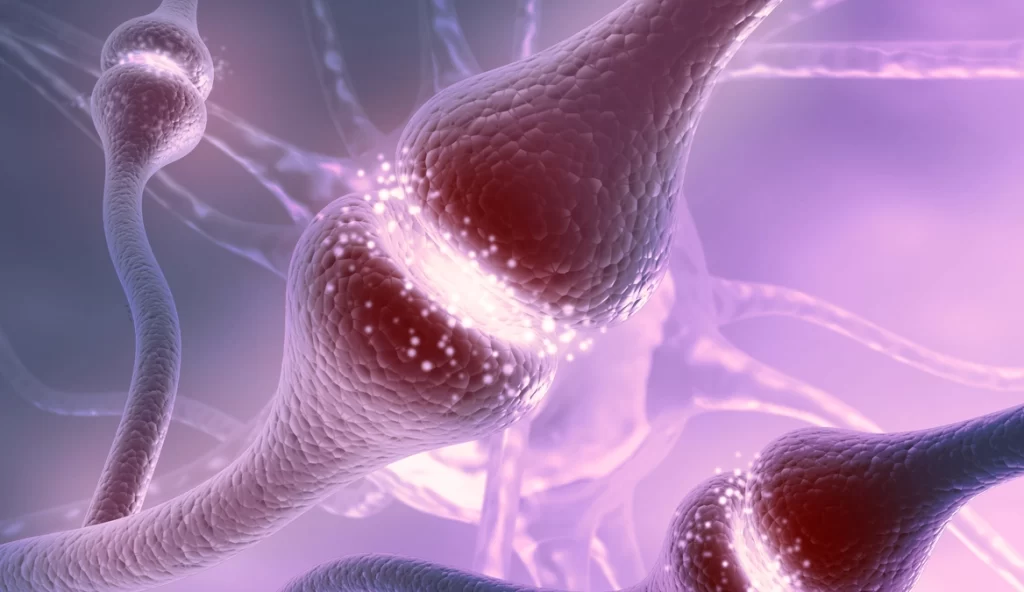The plate activity might seem simple—drawing or writing stressors on a paper plate—but its effectiveness is rooted in fundamental neuroscience. This exercise engages key brain processes that help shift people from a state of distraction and stress to one of focus and clarity. By understanding how the brain responds to stress, emotion, and externalization, we can see why this activity works so well in helping individuals clear mental clutter and engage more fully.
1. The Role of the Limbic System: Emotional Regulation
The limbic system, often referred to as the “emotional brain,” is responsible for processing emotions, memories, and instinctual responses to stress. When we carry multiple unresolved thoughts and concerns, the limbic system becomes overactivated, keeping us in a reactive “survival state.” This impedes our ability to think critically, engage creatively, or learn effectively.
The plate activity helps alleviate this by encouraging participants to externalize their stressors. By transferring these concerns from their mind onto paper, the emotional load carried by the limbic system is reduced. This process helps move the brain from a state of emotional overload to one of reflection and control. Much like clearing out old files from a computer, the brain experiences a “reset” that frees up mental capacity.
2. Externalization and Cognitive Offloading
Cognitive offloading refers to the process of externalizing information from the brain to reduce its cognitive load. Writing or drawing out thoughts onto a plate is a form of this offloading, which has been shown to ease the brain’s working memory. Working memory is our ability to hold and manipulate information in our minds, but it has limited capacity. When too many tasks or concerns fill our mental space, it becomes difficult to focus on new information or challenges.
By offloading thoughts onto a plate, participants clear up valuable cognitive space. This enables them to engage more effectively in problem-solving, creativity, and learning because they’re no longer preoccupied with everything on their mental “to-do list.” This helps transition the brain from survival mode to a more analytical, deliberate state.
3. Dopamine and Neural Reinforcement
When participants share what’s on their plate, whether in a group coaching session or with a partner, the brain releases dopamine, a neurotransmitter associated with reward, motivation, and learning. Dopamine is key to reinforcing new neural pathways, making the learning experience more effective. By discussing their stressors and hearing validation from others, participants receive a hit of dopamine, which makes them feel rewarded for sharing and primes their brain for deeper engagement.
This neurochemical release not only makes participants feel good but also enhances their ability to retain new information and form lasting memories. In other words, the social sharing component of the plate activity isn’t just about emotional connection—it’s actively supporting the brain’s ability to learn and develop.
4. Oxytocin: Building Trust and Safety
Another crucial neurochemical released during the plate activity is oxytocin, often referred to as the “bonding hormone.” Oxytocin is released when people engage in trust-building activities or share personal experiences with others. In the context of the plate activity, the act of sharing stressors and personal challenges fosters a sense of emotional safety and connection among participants.
When learners feel safe, their brain shifts out of a defensive or stressed state, allowing them to focus on learning and collaboration. This is why the plate activity is so effective in group settings: it builds trust among participants, creating a supportive environment where they feel comfortable engaging more deeply.
5. Engaging Neuroplasticity: Rewiring the Brain
The concept of neuroplasticity refers to the brain’s ability to reorganize itself by forming new neural connections. The plate activity, by facilitating cognitive offloading, emotional regulation, and social connection, primes the brain for neuroplasticity. Once the mental clutter is cleared and participants feel emotionally supported, the brain is better positioned to absorb and retain new information. This is particularly important in learning environments where participants are asked to build new skills or engage with complex ideas.
The reflective element of the activity also enhances neuroplasticity by prompting participants to consciously examine their stressors, evaluate them, and shift their focus toward what they can control. This active reflection encourages the brain to rewire itself in a way that fosters resilience and adaptability.
Conclusion: A Simple Tool with Deep Neuroscience
The plate activity is more than a simple exercise; it’s a tool that taps into the brain’s natural processes of emotional regulation, cognitive offloading, and social bonding. By externalizing stressors, participants free up cognitive space, regulate their emotional state, and enhance their brain’s capacity for learning and engagement. Whether in a group coaching session or a personal reflection, the neuroscience behind the plate activity shows why it is such an effective tool for clearing mental clutter and promoting growth.


